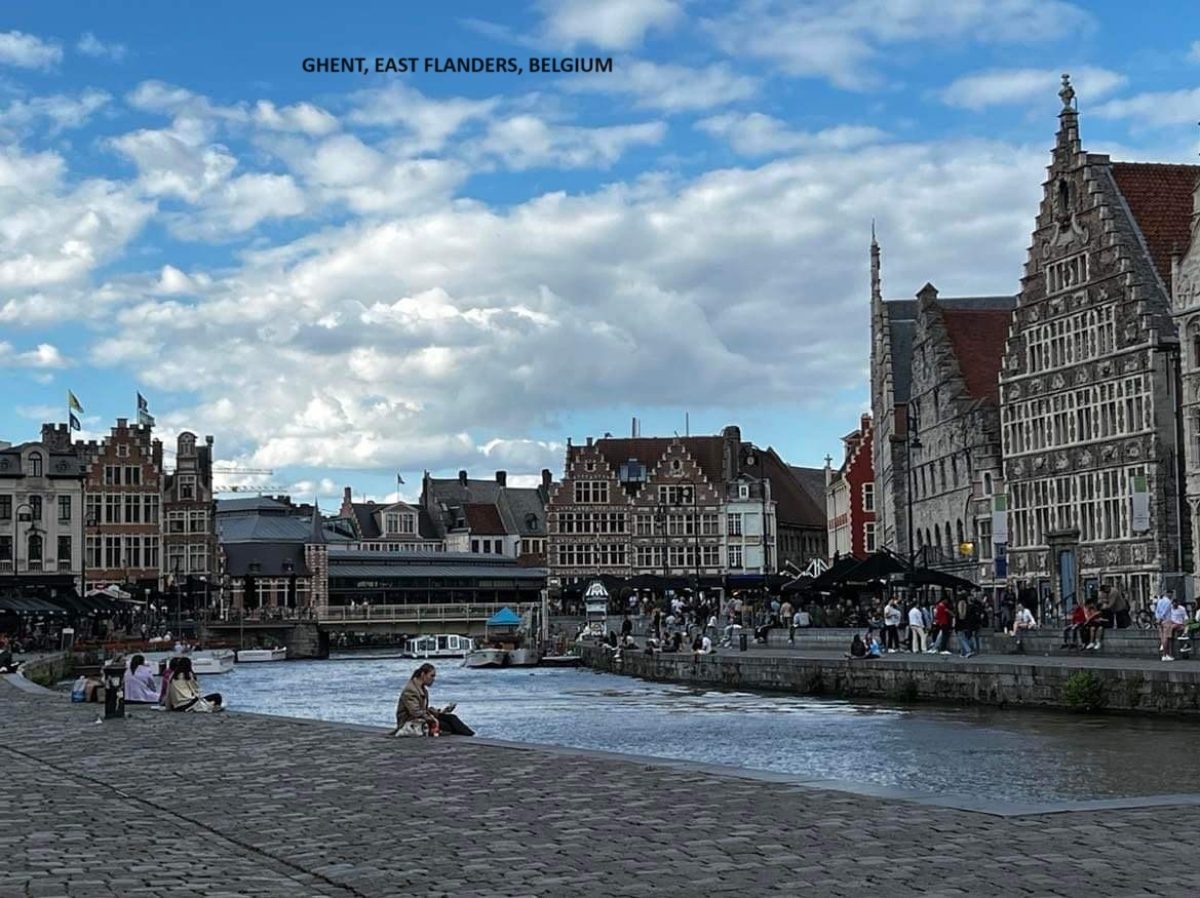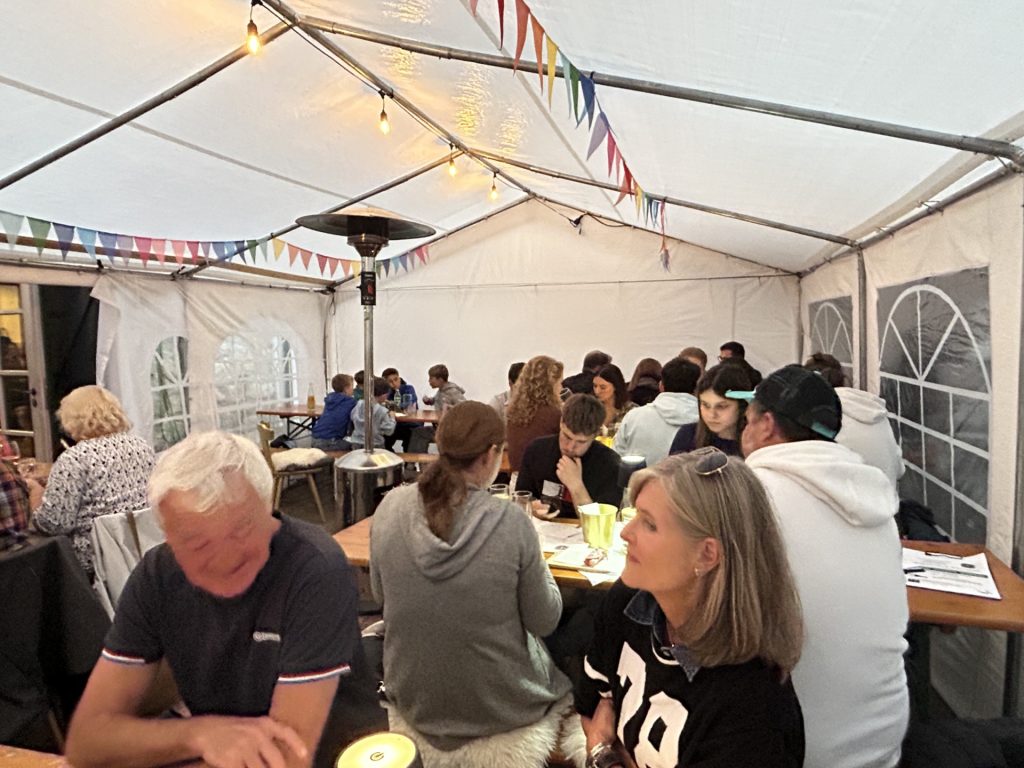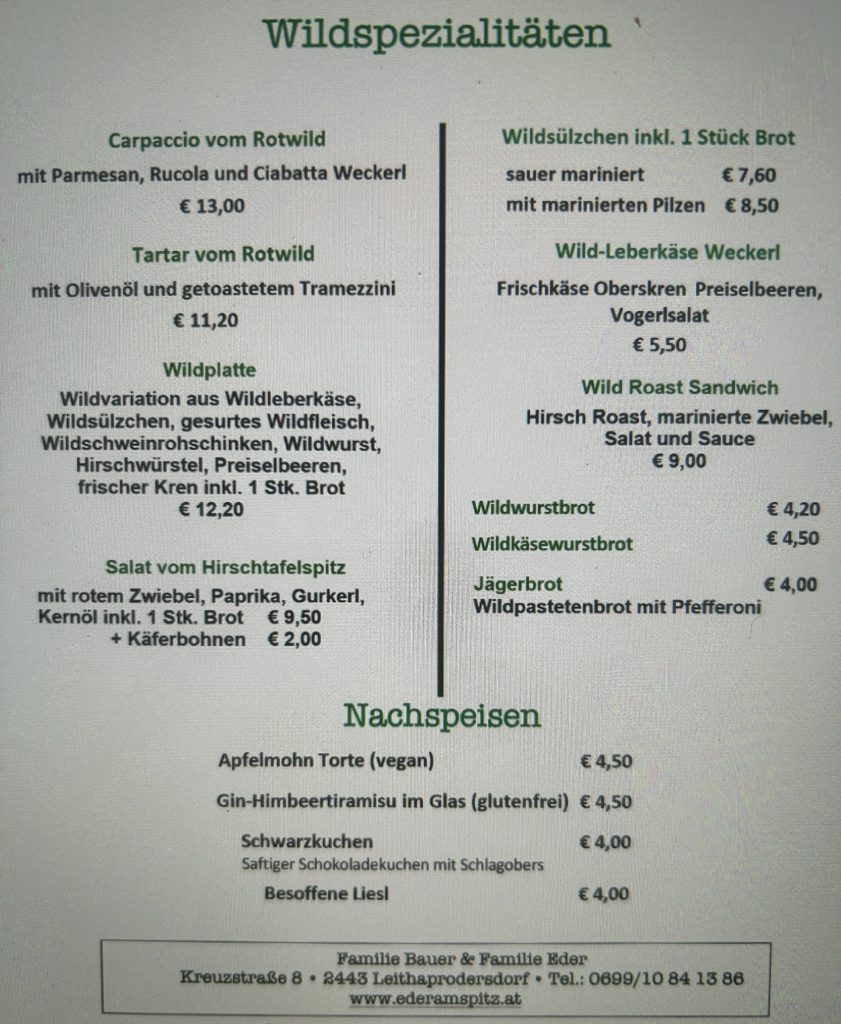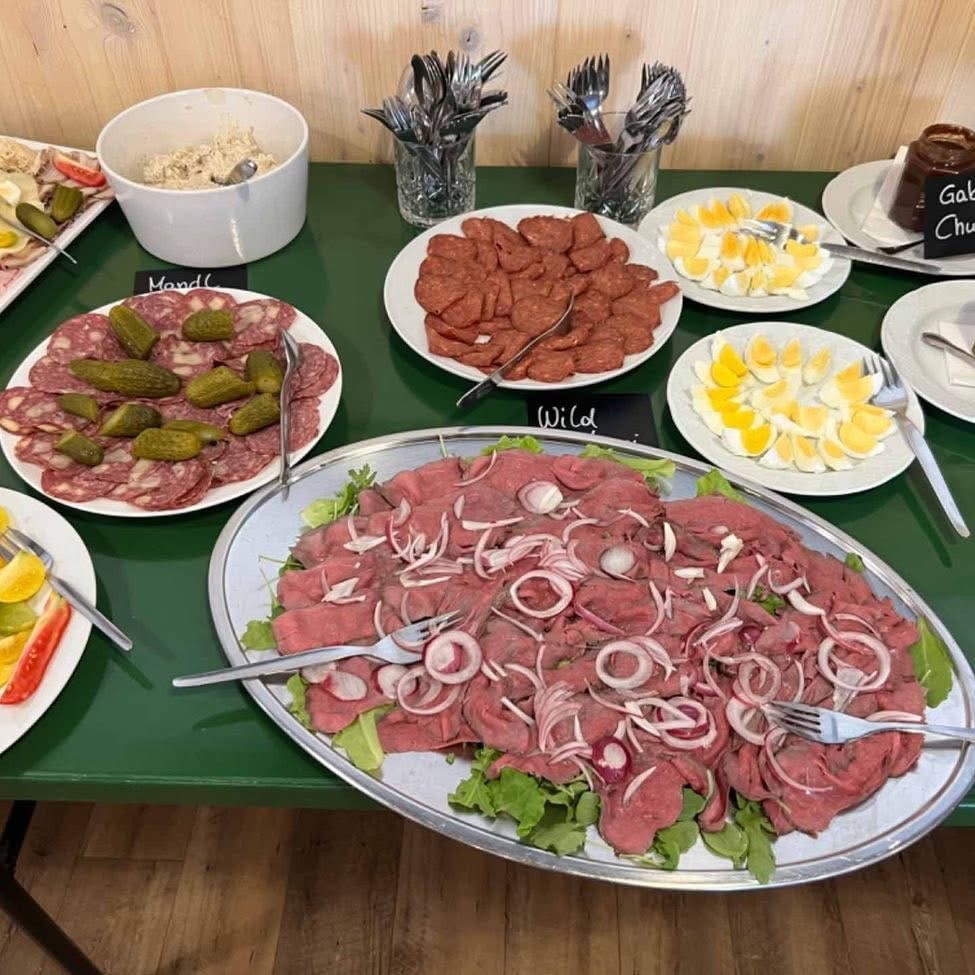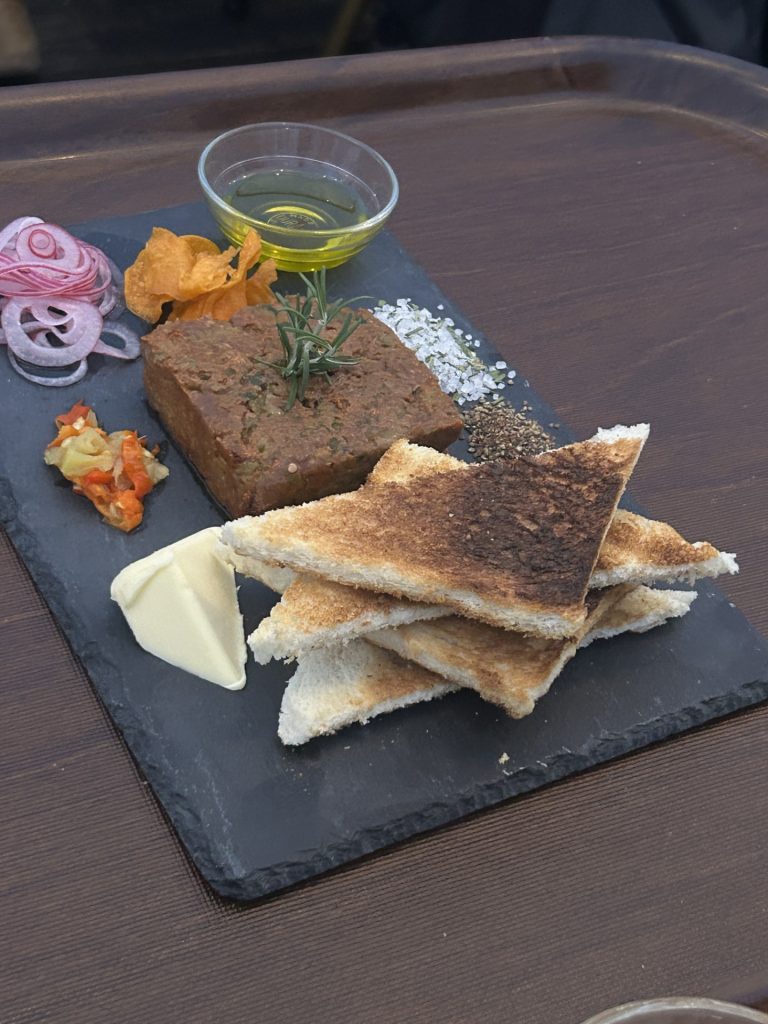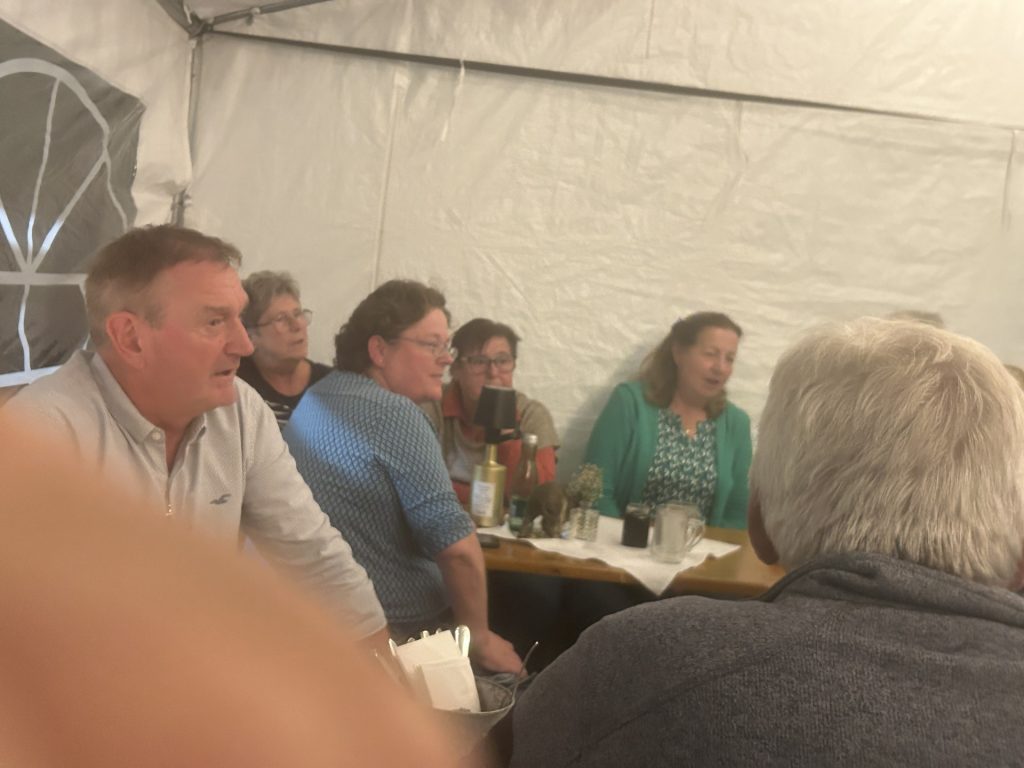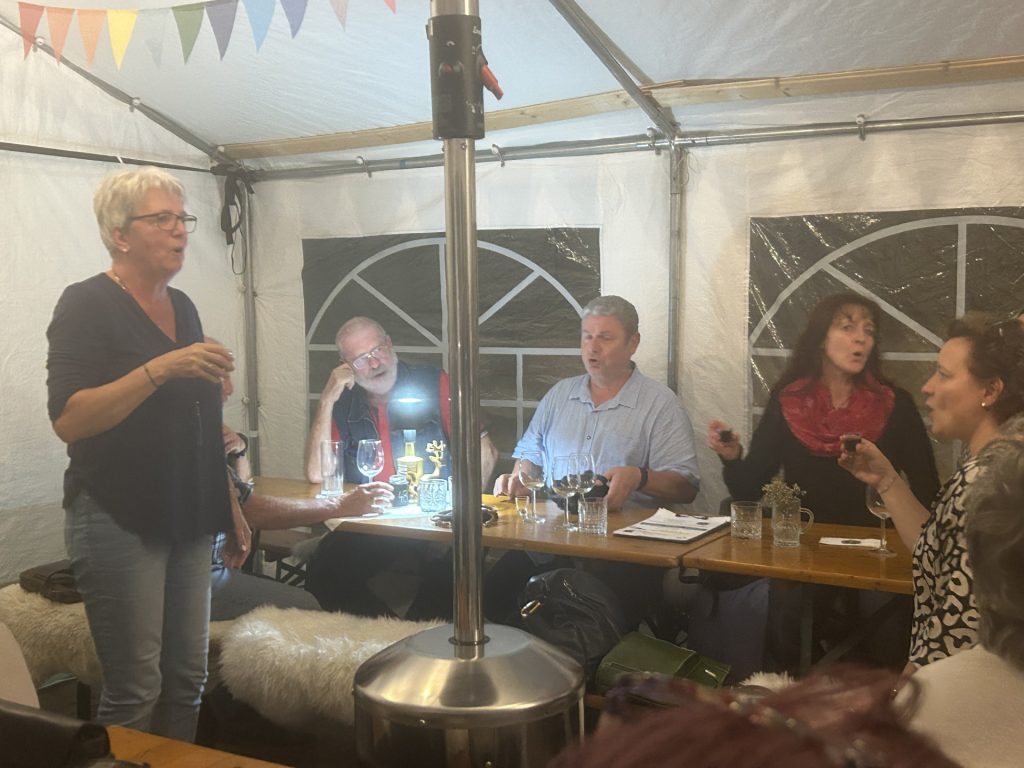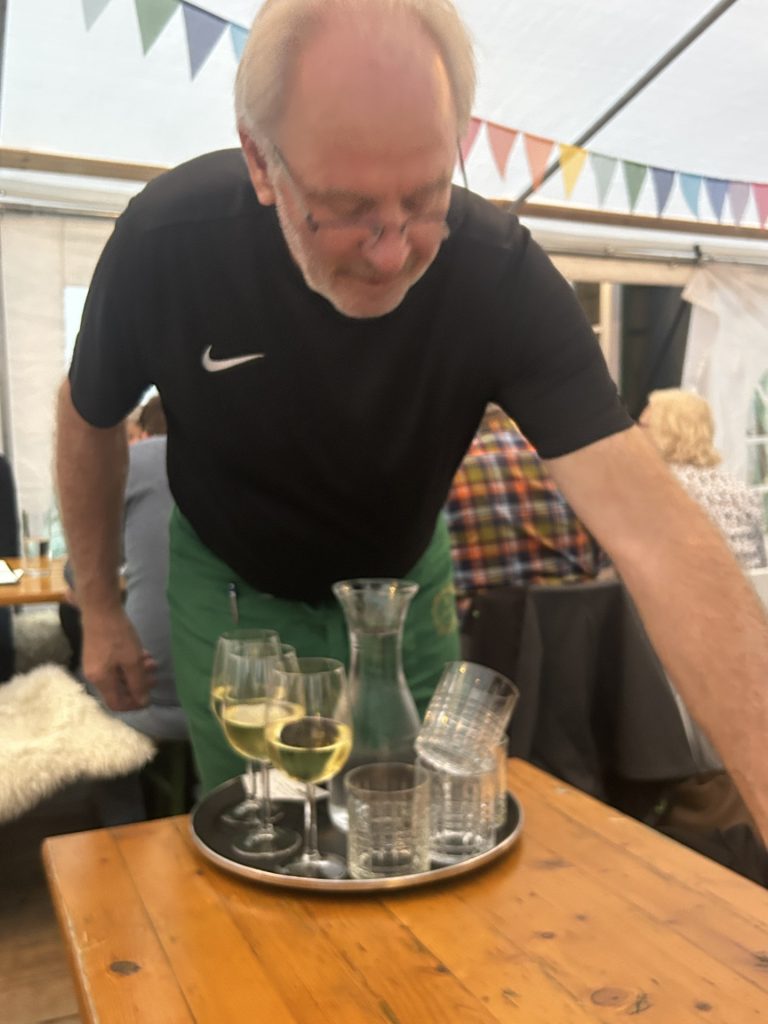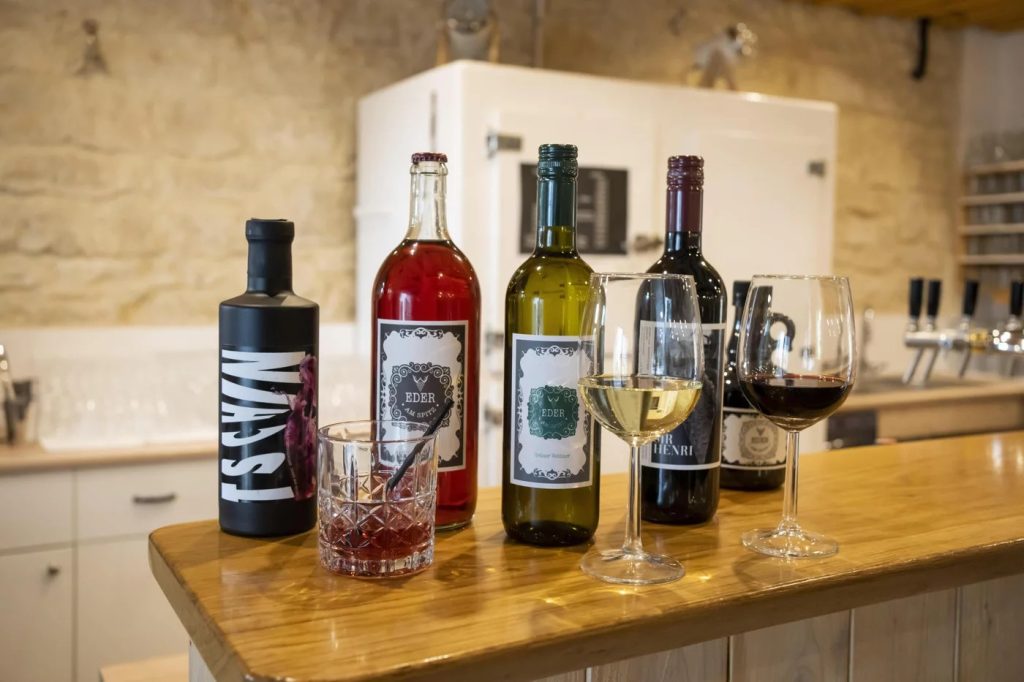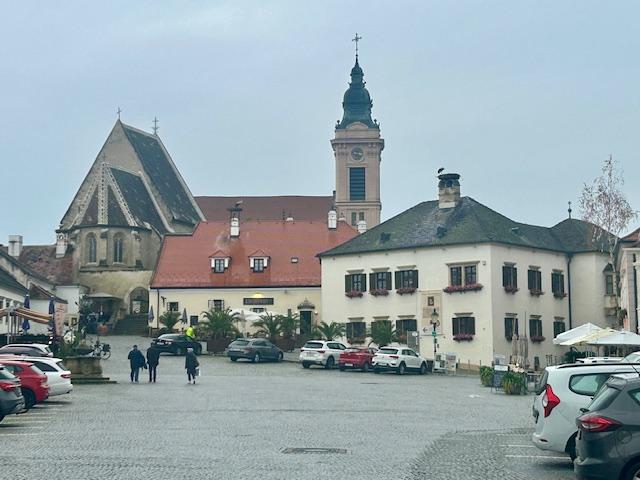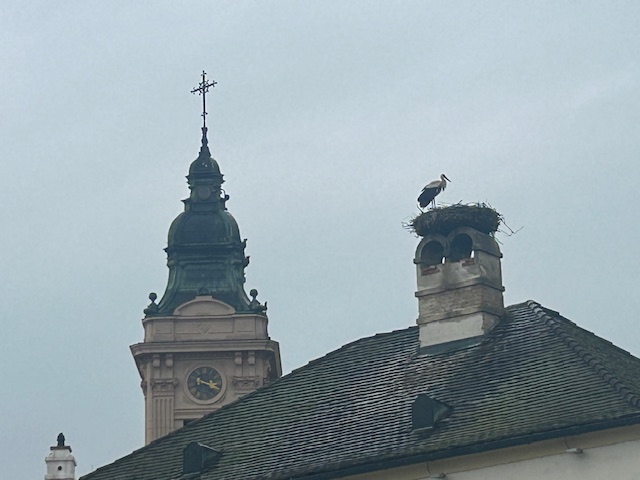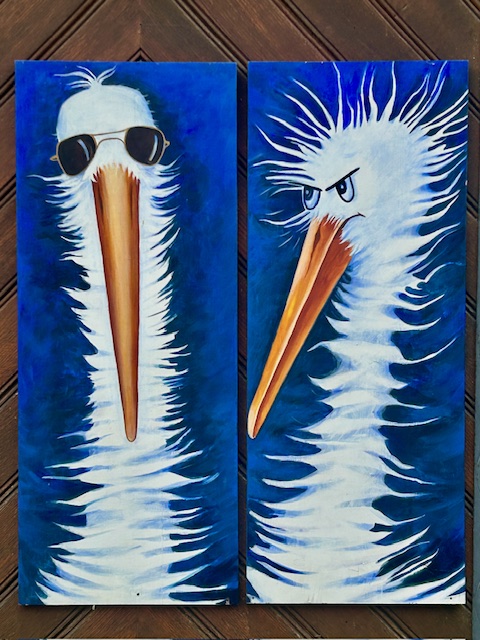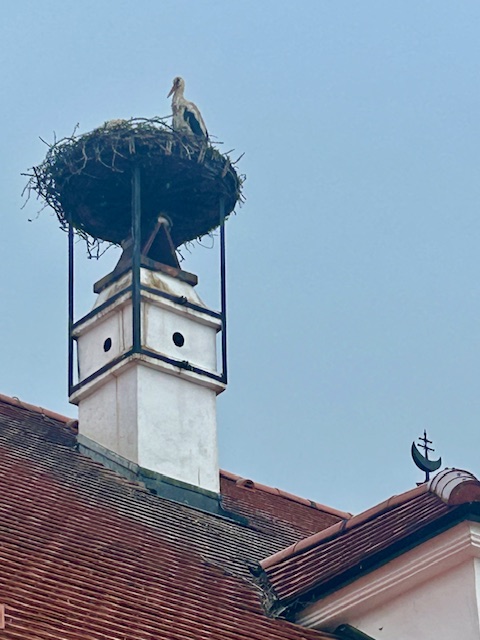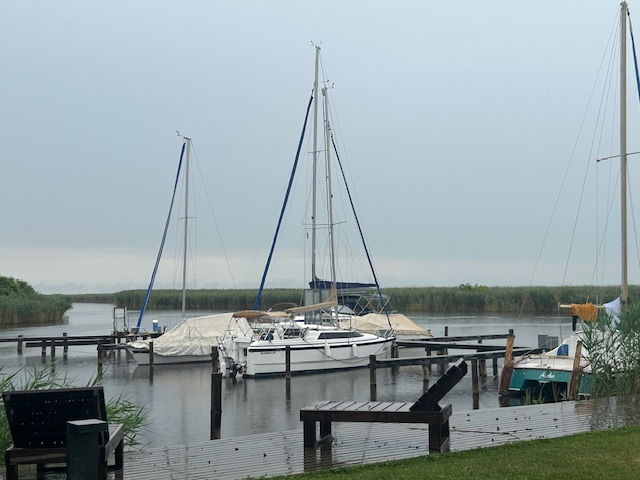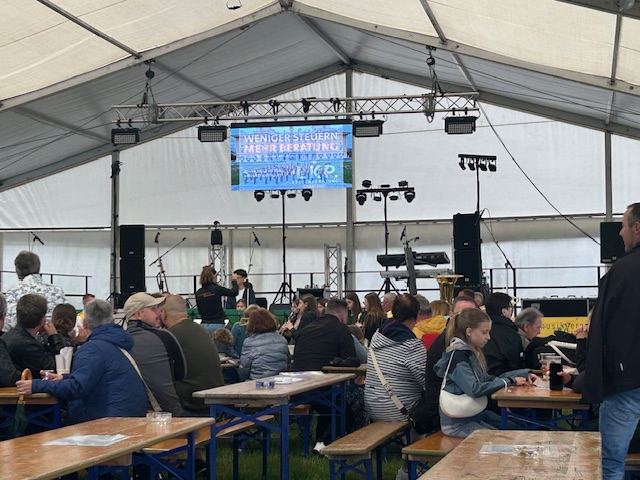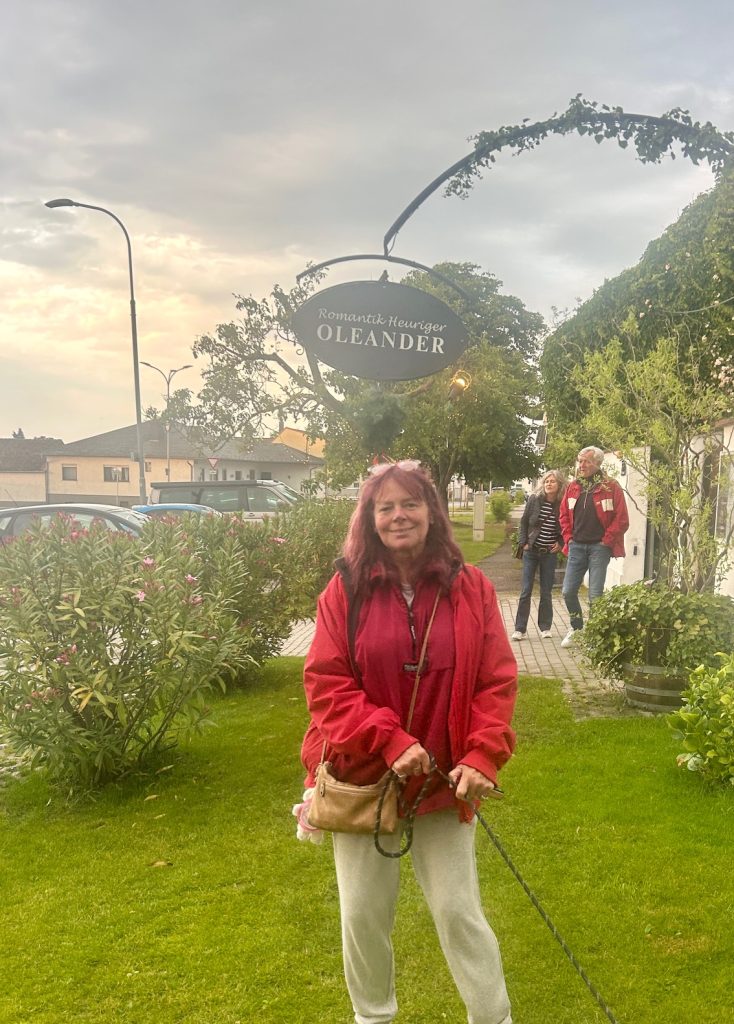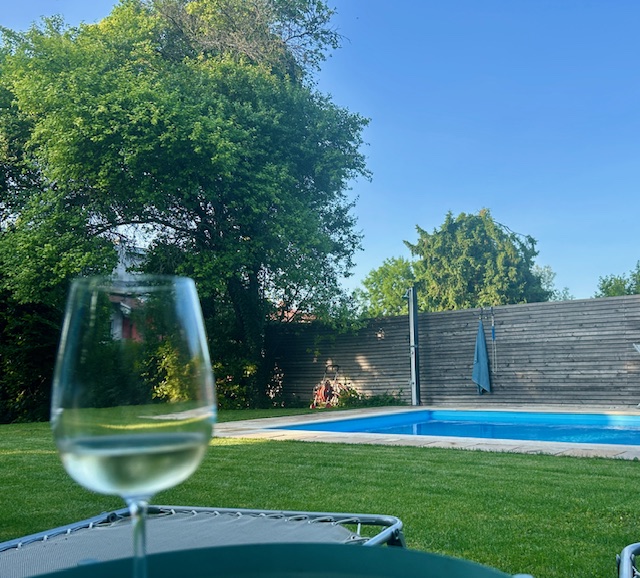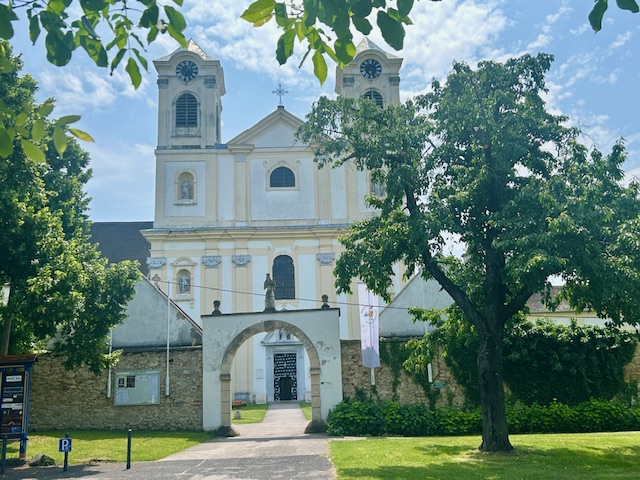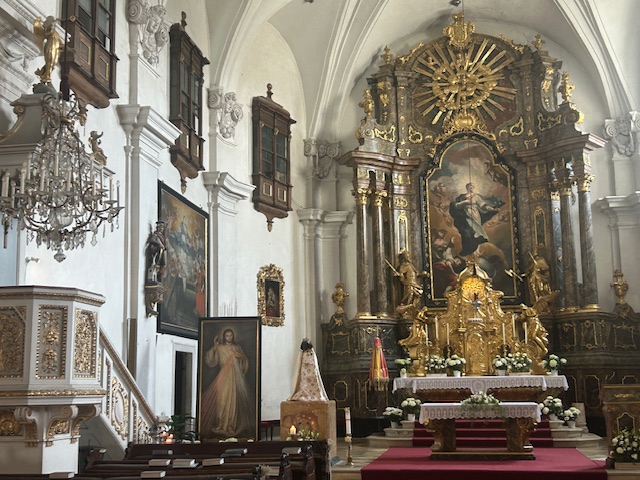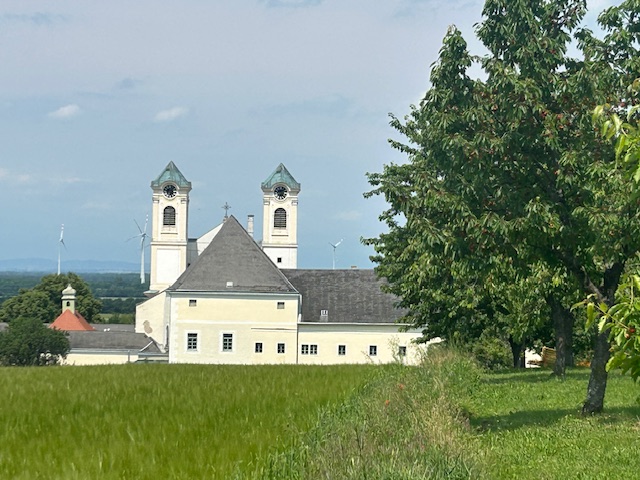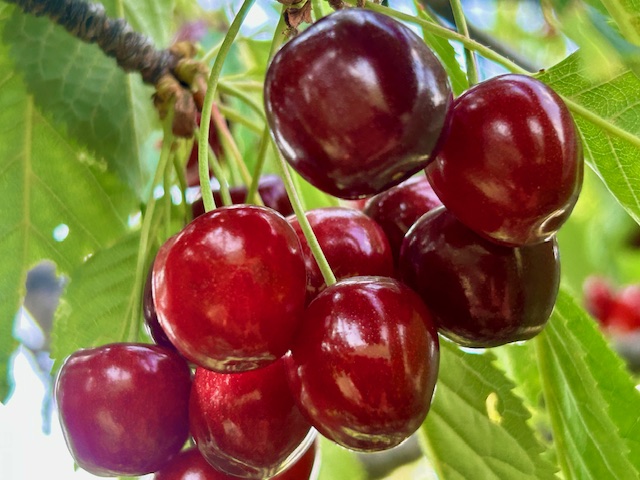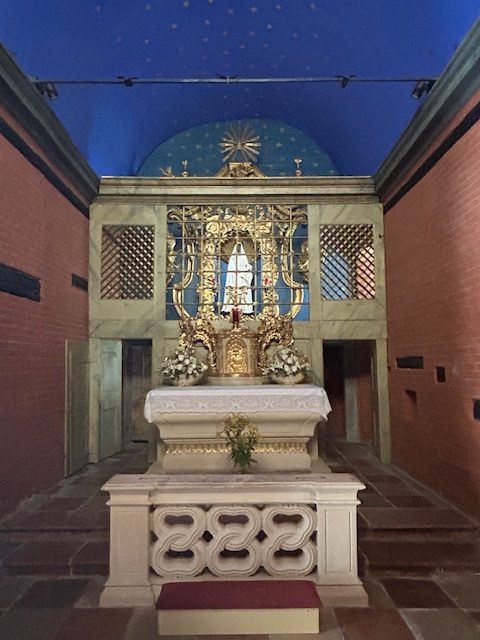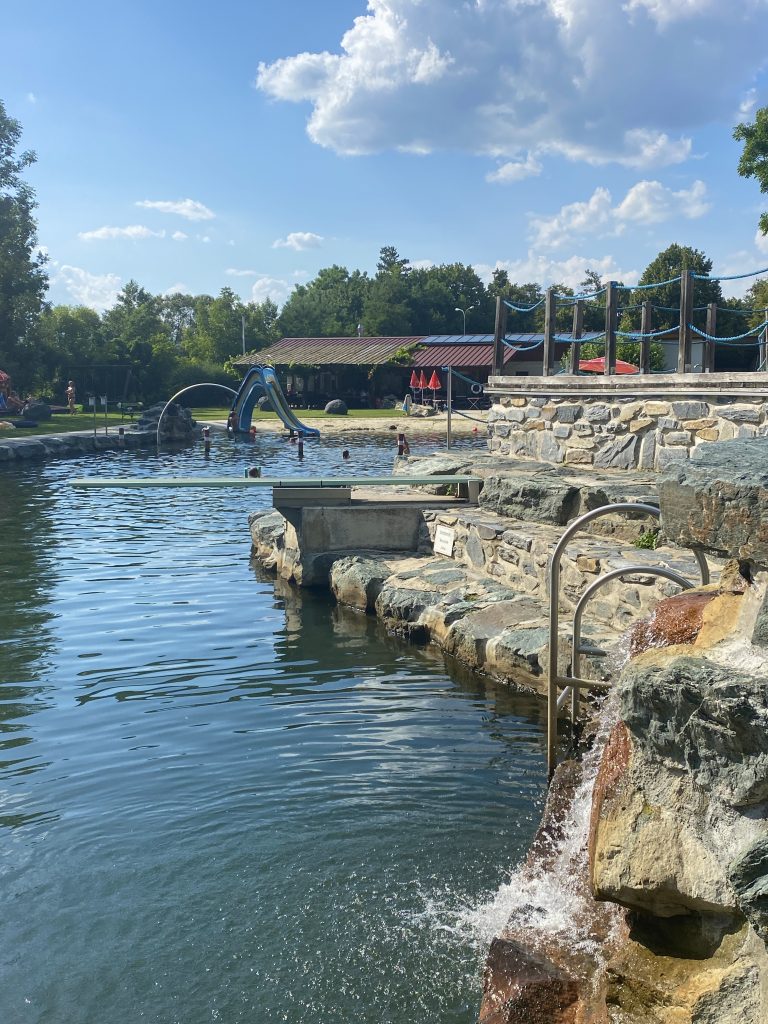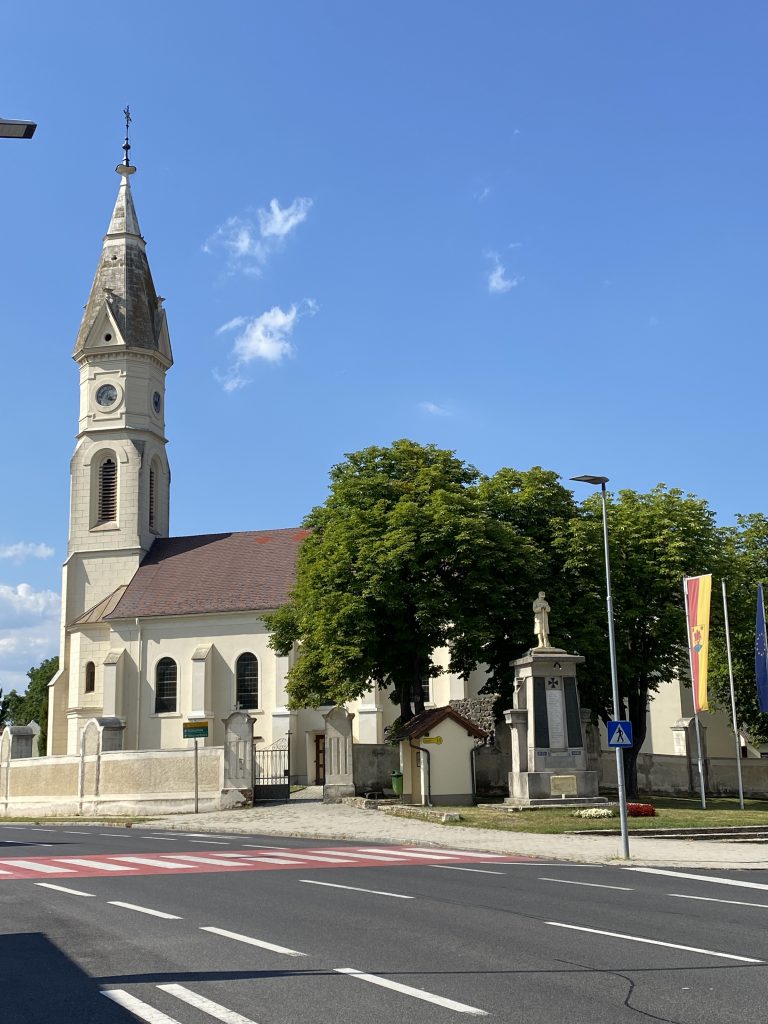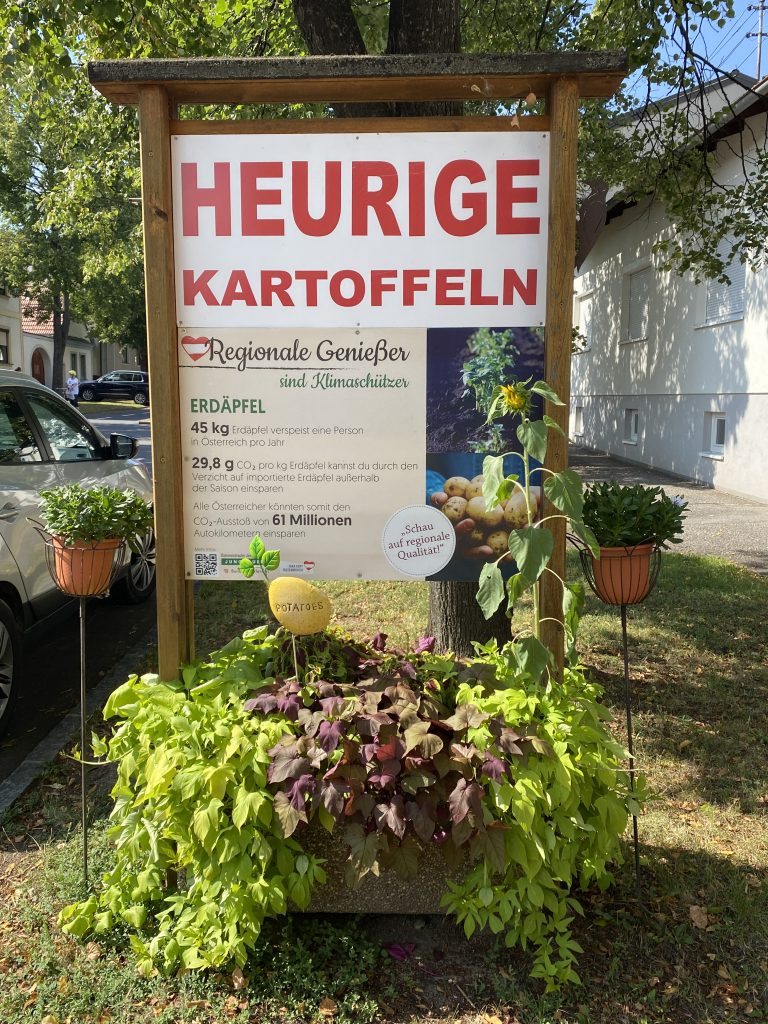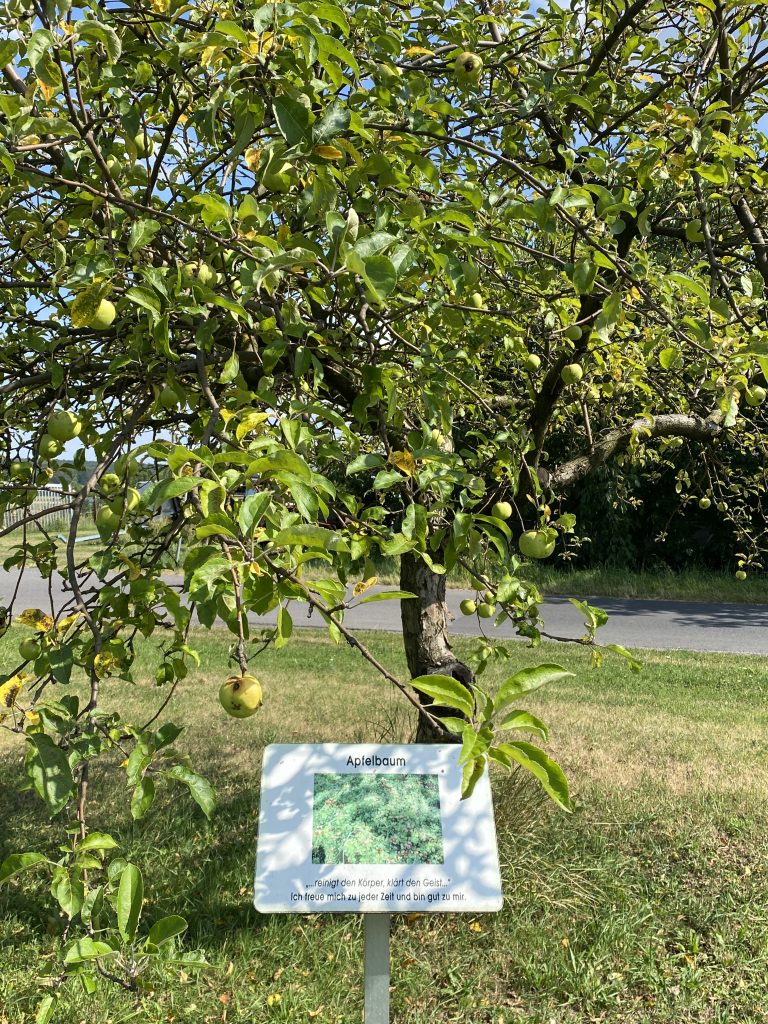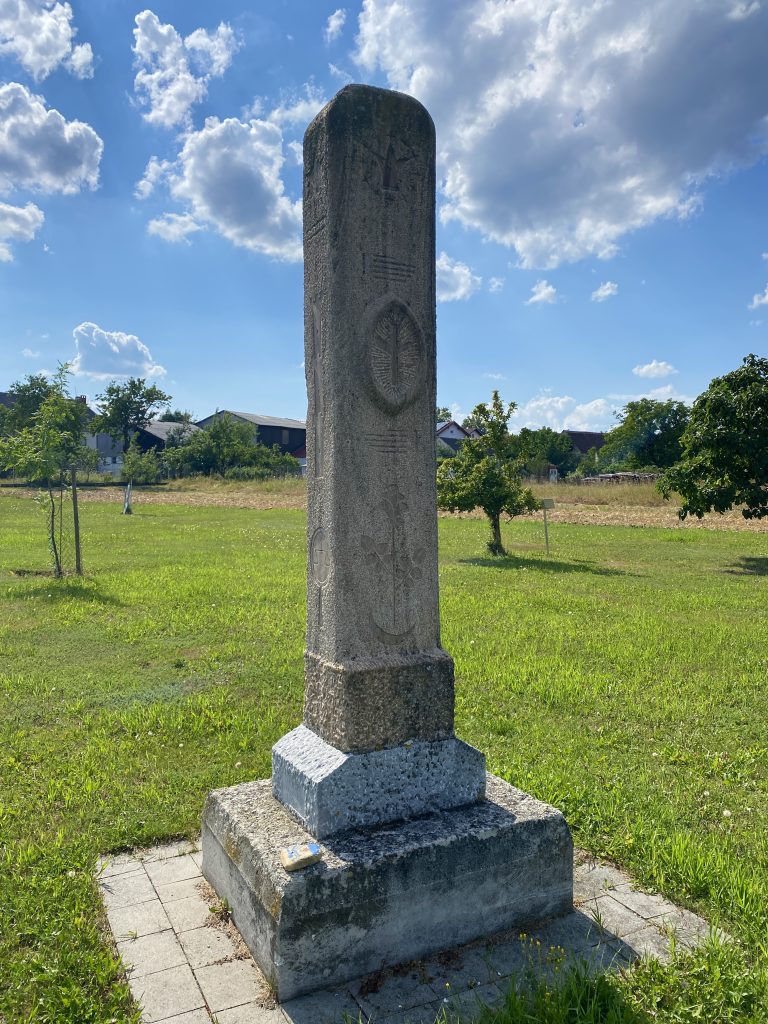Friends in Loretto suggested a day trip to the old Roman city of Carnuntum. What remains of this city is to be found next to the modern day village of Petronell-Carnuntum, 30 miles east of Vienna and not far from Austria’s border with Slovakia. It is an extraorinary archaeological site (without any doubt, the most impressive I have seen) and well worth a visit.
Carnuntum started life in the time of Caesar Augustus as a winter garrison for one of Rome’s Legions but flourished to become a huge military base and the capital city of the Roman Province of Upper Pannanonia. During it’s time Carnuntum was home to 4 different Legions with the famous XIV Legion (XIIII Legion Gemina to use it’s correct name) being permanently based there for 300+ years and; at it’s peak the city numbered more than 50,000 inhabitants. In the 4th century the city declined following both a devastating earthquake and increasing barbarian invasion (particularly at the hands of the Huns) and; was finally abandoned early in the 5th century except that the city’s walls and buildings continued to be plundered for the construction of new buildings until well into the 19th century. Indeed, this destruction continued until at least 1884 when the Carnuntum Association (now the Society of Friends of Carnuntum) started archaeological research on the site.
The site covers 1,600 acres (exactly 2.5 square miles) and it therefore came as no surprise to learn that archaeological research continues to this day. As recently as 2011 a large gladitorial school was unearthed just outside the old city walls. It was discovered next to a 2nd century amphitheatre which could hold 13,000 spectators and was itself excavated less than 100 years ago. We wandered the area of the amphitheatre and the gladiatorial school; also taking in the nearby triumphal arch known as the Heidentor or Heathen’s Gate but; it is the ‘City Quarter’ which is the most interesting part of this incredible archaeological site.
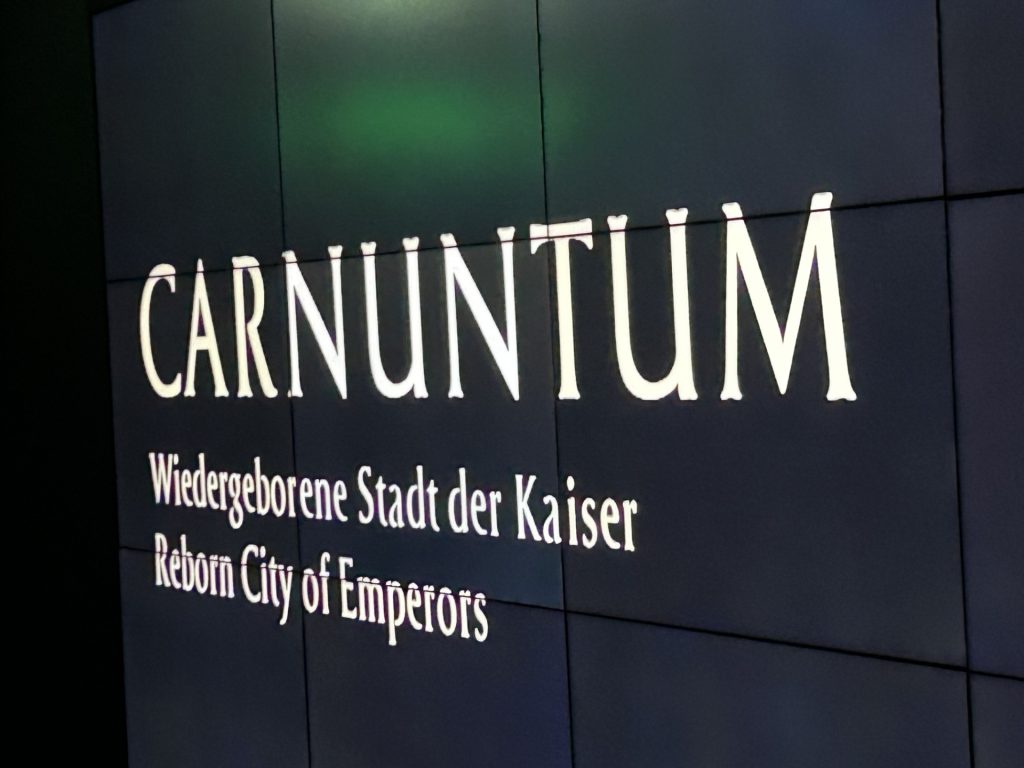
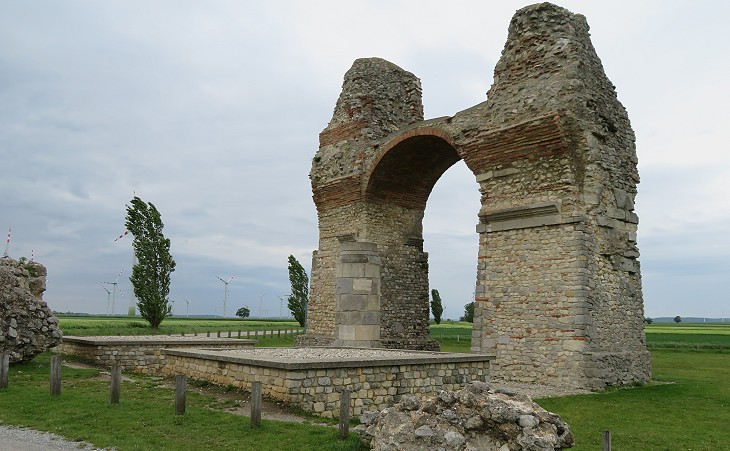
The City Quarter is a mix of original ruins and reconstructed premises put together using authentic materials and building methods and finished to an incredibly accurate standard. These restored buildings are furnished with copies of the original fittings (some of which are displayed in a museum in the neighbouring village of Bad Deutsch-Altenburg) and they provide a vivid understanding and appreciation of how the city’s occupants once lived. This area is located where the civilian city once stood and is accessed through a Visitors Centre containing various introductory exhibits and explanatory videos and then; outside, on past a large scale model of what the entire Roman settlement and military base may have looked like at it’s peak. The model sets the scene perfectly and provides a real feel as to the size of the old city.
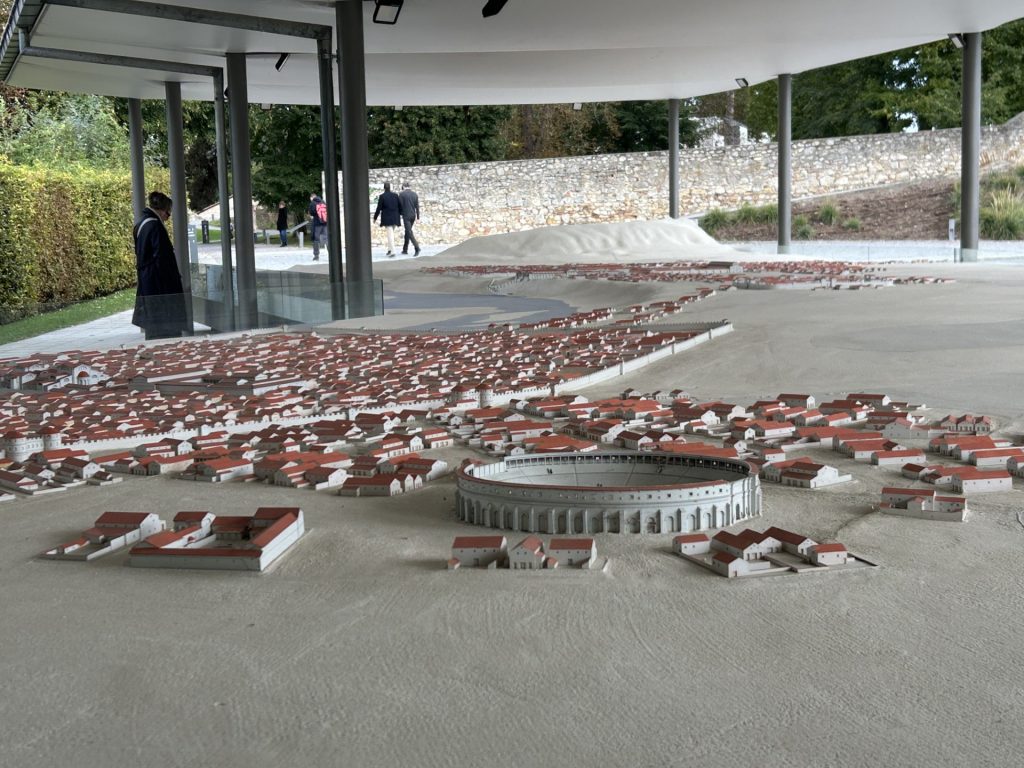
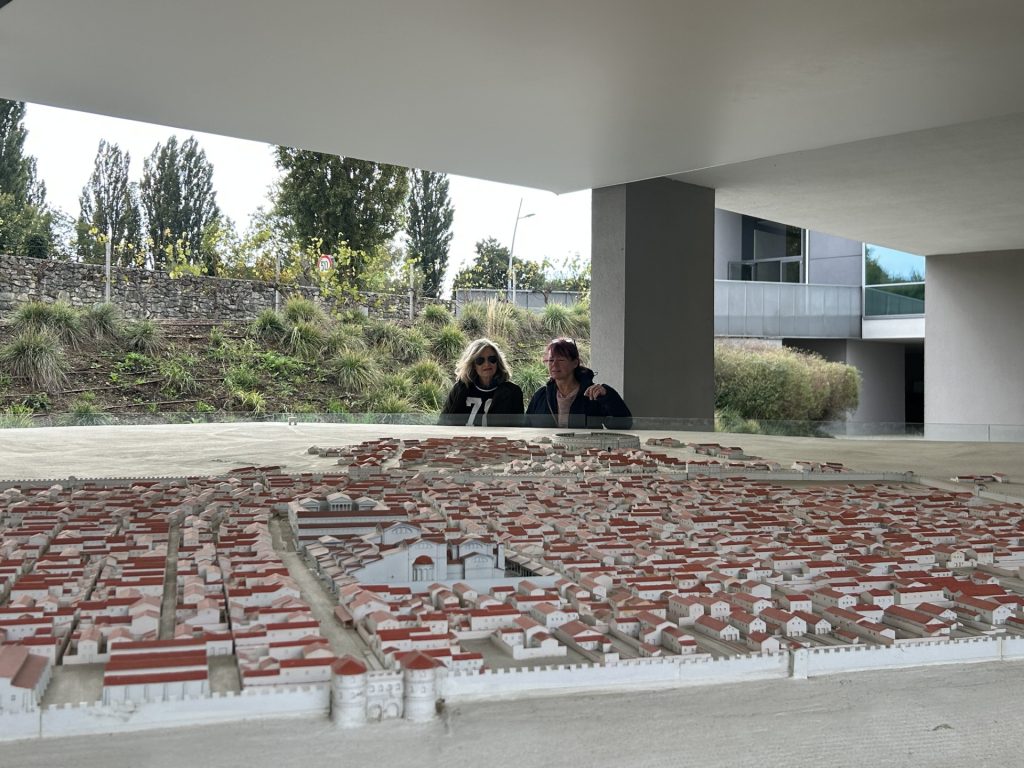
Several different properties in the ‘City Quarter’ have already been either entirely or partially restored. These include an Oil Merchant’s house and his adjoining business premises; the city palace or stately home of an upper class citizen (Villa Urbana); a middle class citizen’s house (the House of Lucius) and; most impressive of all, a Roman Public Baths complex which is fully functional. Anyone interested in Roman history will find the ‘City Quarter’ wholly captivating. It blew Vanya and I away. The site is good value too. I think we paid about 15 Euros a head entrance fee.
The first of the restored buildings to be encountered in the City Quarter (and the most recent to have been completed) are the oil merchant’s premises which comprise a showroom, sales office, storage facilities and his living quarters. He dealt in olive oil which was used not only as a staple in cooking but; as a balm in medicine (for muscles, joints and even eczma); personal hygiene (olive oil was used to help cleanse and moisturise skin and it served to soften and protect hair) and; of course, it was used as fuel in lamps. Pliny the Elder perhaps best described the importance of olive oil to Rome when he wrote “There are two liquids that are especially agreeable to the human body; wine inside and oil outside, both of them the most excellent of all the products of the tree class, but oil an absolute necessity”.



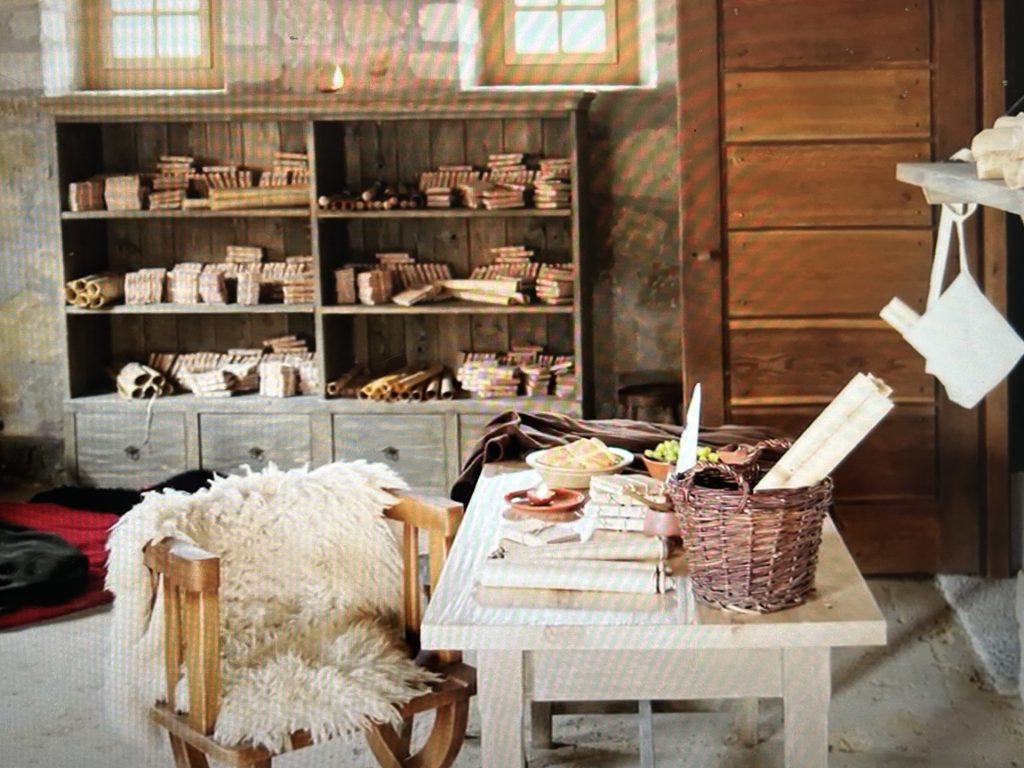

Across the street from the oil merchant are a couple of villas belonging to the gentry. These properties are currently work in progress but both are sufficiently developed to reveal something of the lifestyle of Carnuntum’s patrician class. I think the most impressive of the two, on account of it’s splendid public rooms, is the stately town house known as ‘Villa Urbana’.
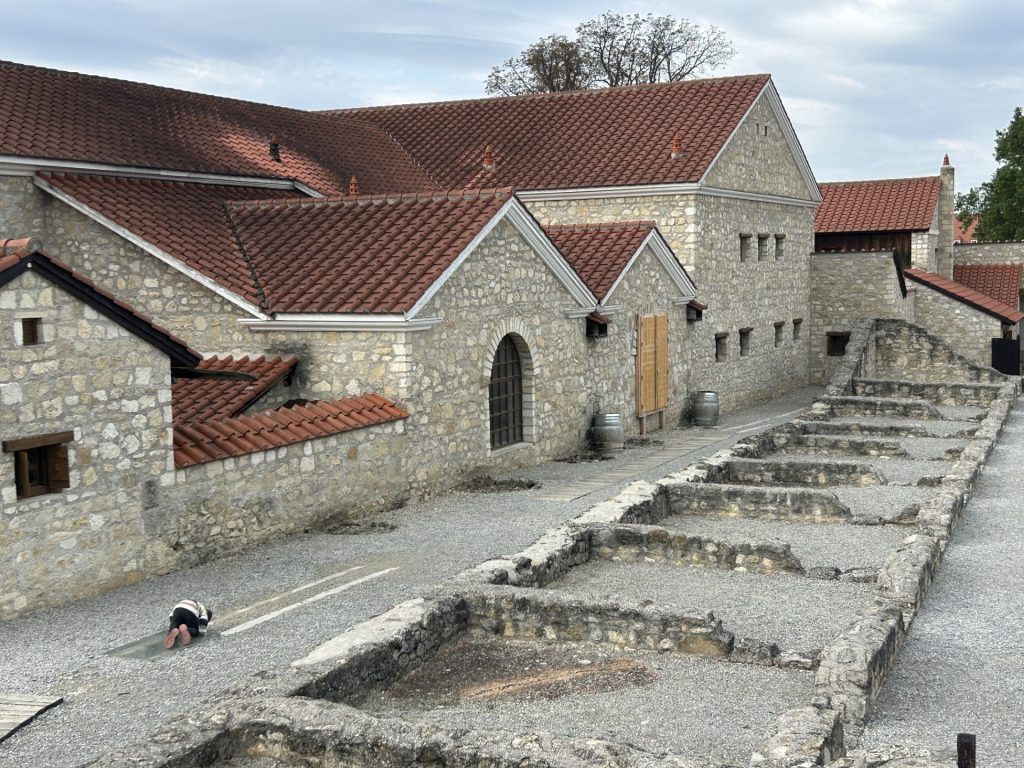
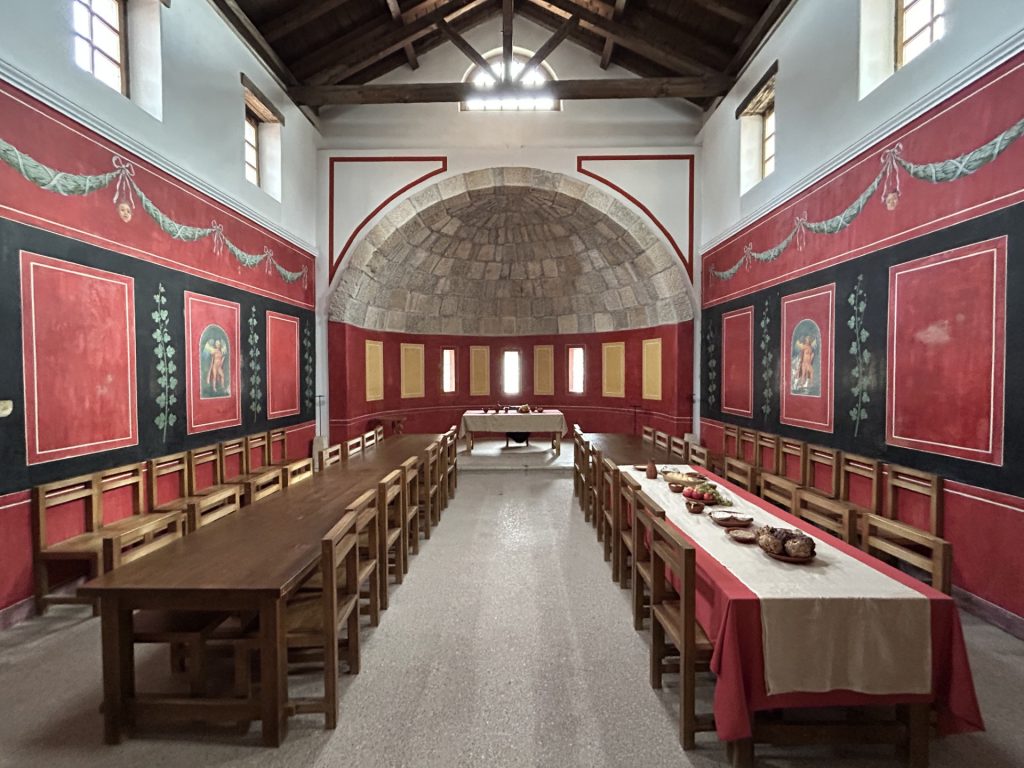
Without any doubt, the building complex which most impresses is the meticulously restored Public Baths. It is truly spectacular comprising three different baths (fridarium, tepidarium and caldarium) and all appropriate ante-rooms but; and this is the most amazing point, they are all fully functionel with the water supply and underfloor heating functions having been restored as per the original Roman technology of 2,000 years ago.
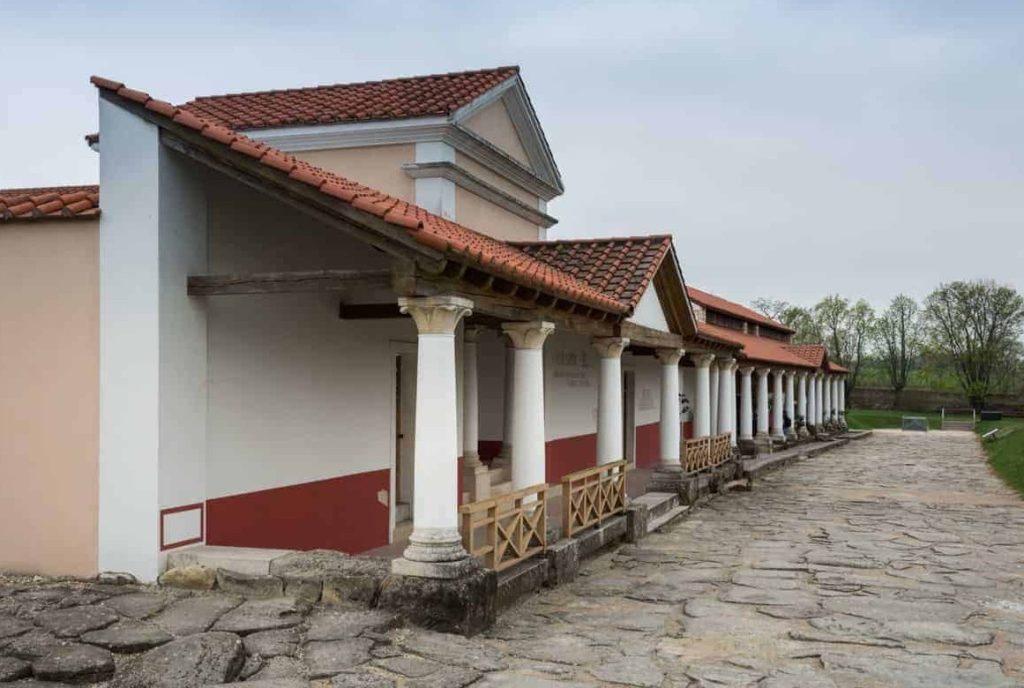



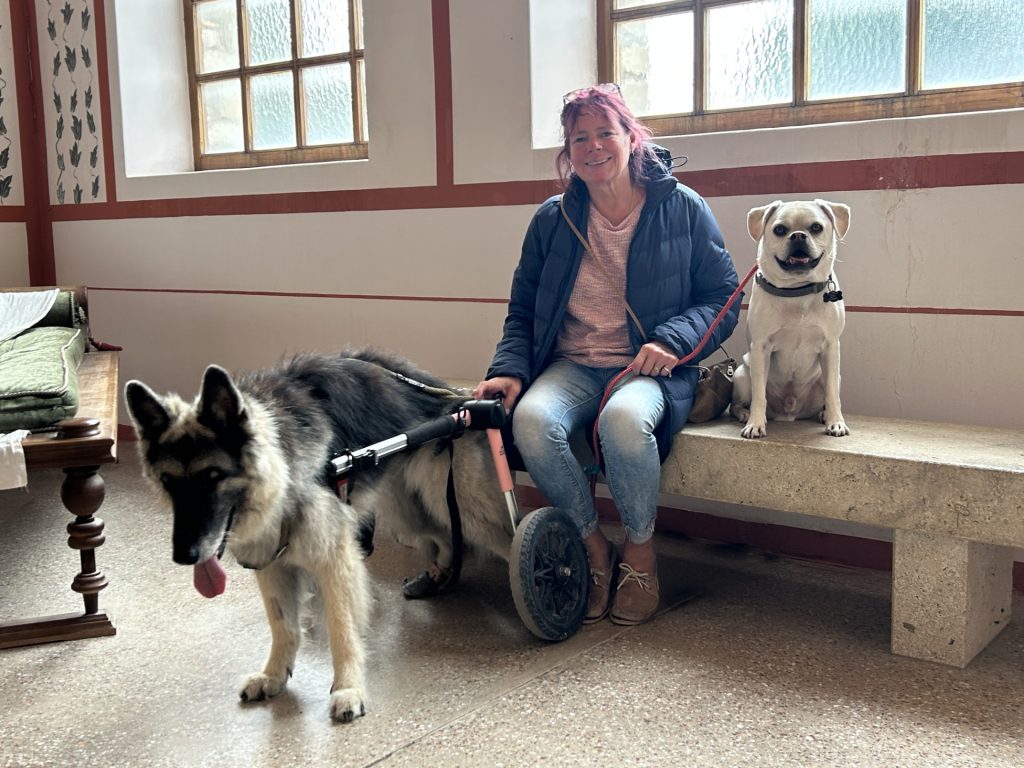
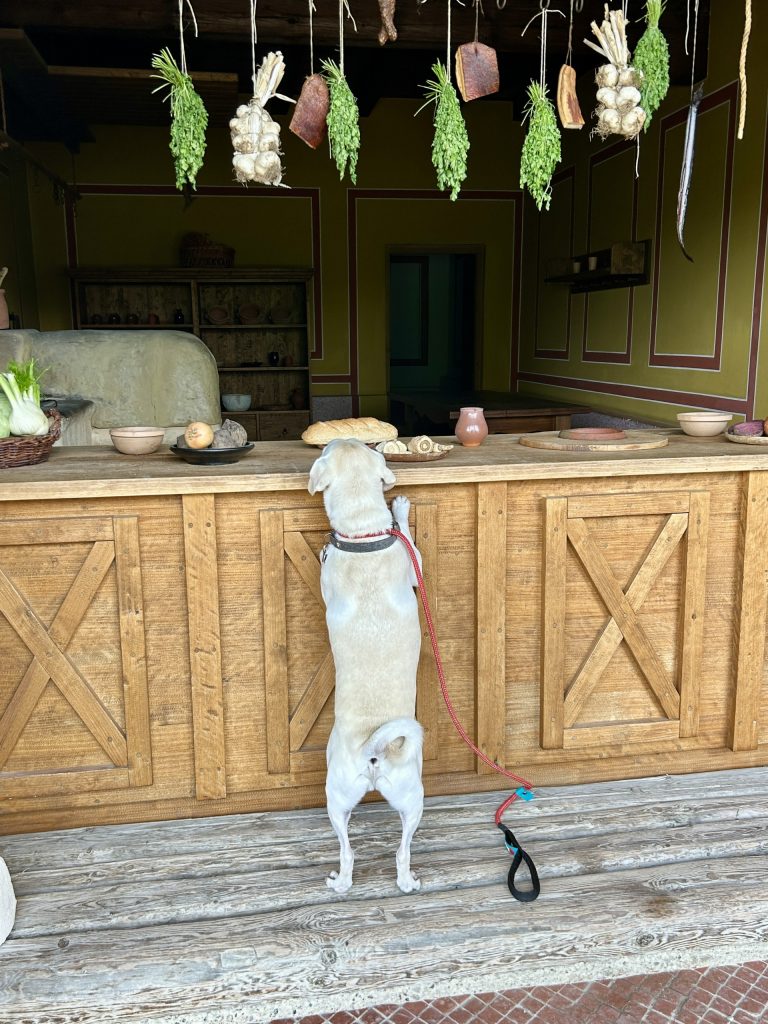

A great part of the Carnuntum Archaeological Park remains unexcavated; especially in those areas where the military camp, the city’s temples and the governor’s residence are located. Further excavations are planned and more buildings will be restored but, as has already been mentioned, this is work in progress and slow progress at that. Meanwhile, there’s enough left to see to warrant another visit. It’s a place I cannot recommend highly enough… and it makes such a pleasant change from the usual castles, churches and vineyards.

